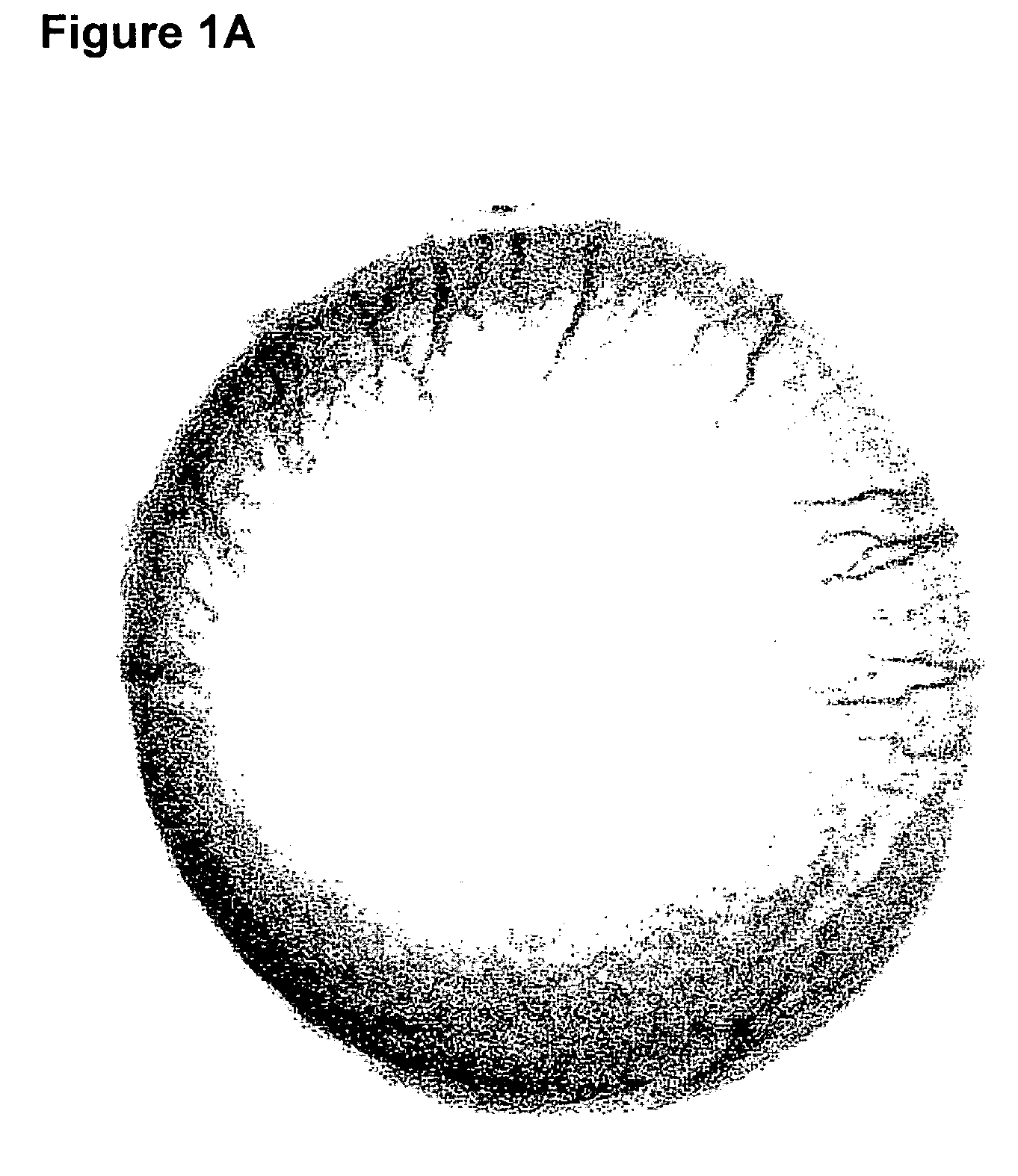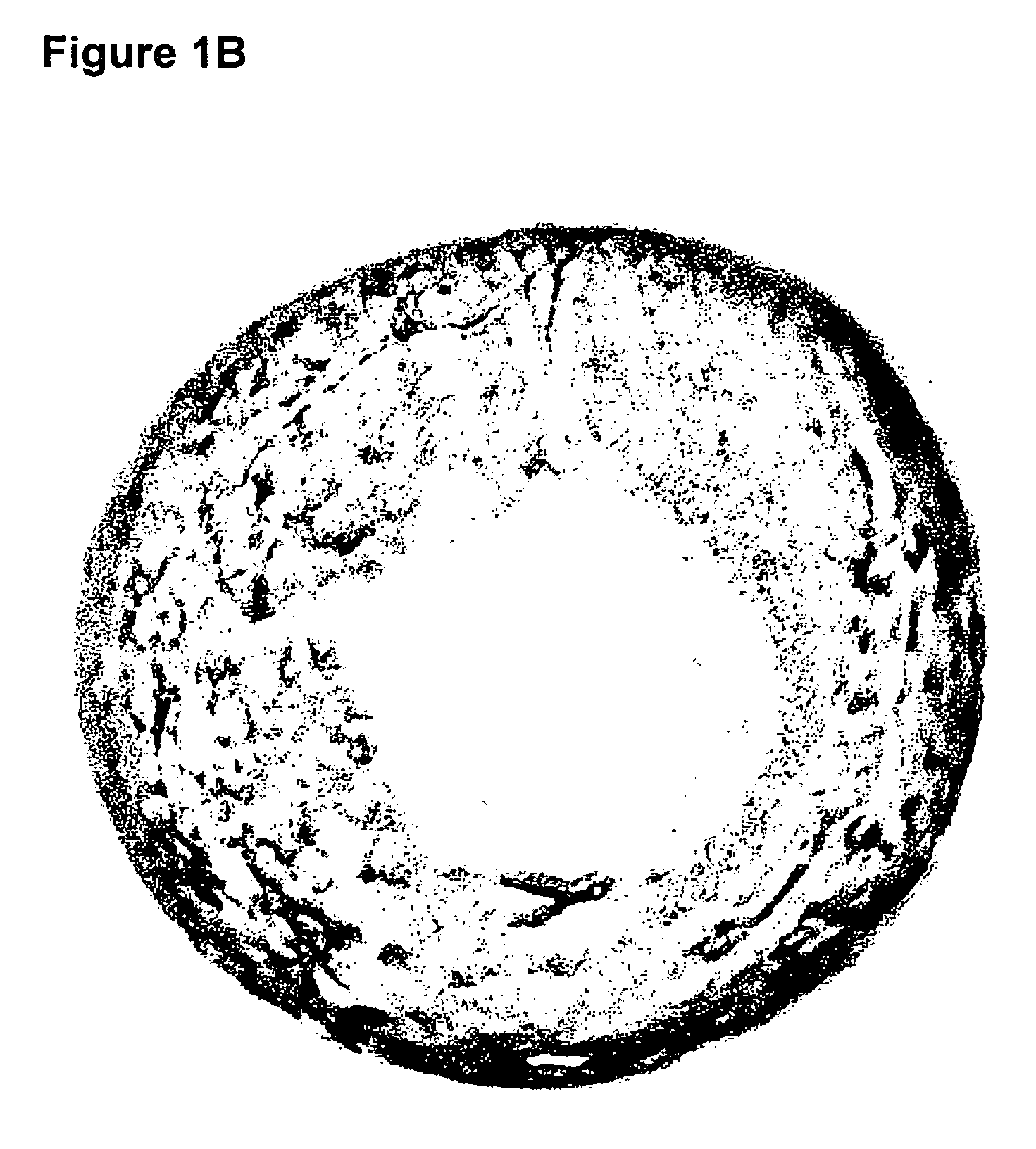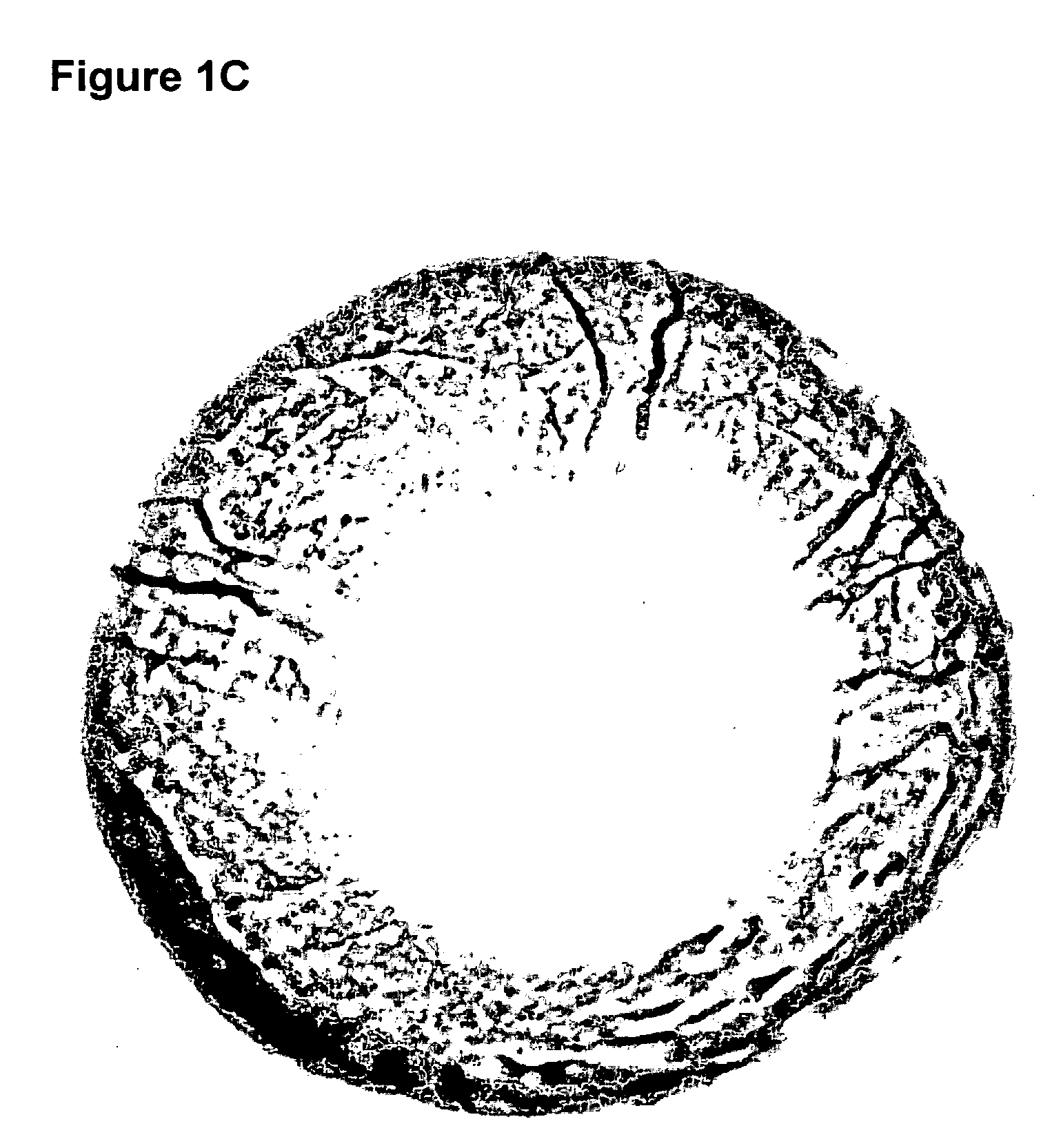Antiprostaglandins for the treatment of ocular pathologies
a technology of ocular pathologies and antiprostaglandins, which is applied in the direction of anhydride/acid/halide active ingredients, biocide, anhydride/acid/halide, etc., can solve the problems of ocular morbidity, ocular acuity decline, and sight-threatening conditions, and achieve the effect of increasing intraocular pressure (glaucoma)
- Summary
- Abstract
- Description
- Claims
- Application Information
AI Technical Summary
Benefits of technology
Problems solved by technology
Method used
Image
Examples
example 1
[0146] Artificial corneal burns were induced in thirty-two eyes belonging to thirty-two Long Evans rats to determine the effects of doxycycline or another tetracycline derivative and low molecular weight heparin, doxycycline or another tetracycline derivative, and flurbiprofen, or flurbiprofen and low molecular weight heparin, on corneal neovascularization. All the eyes were examined to exclude any eyes with corneal scars and / or neovascularization prior to induction. More specifically, topical administration of the described two drug combination was administered twice a day to rats in which corneal burns had been artificially induced by application of silver nitrate (70%) and potassium nitrate (30%).
[0147] Neovascularization was induced in all eyes using silver nitrate cauterization. The animals were first anesthetized by intraperitoneal injection of a mixture of ketamine hydrochloride (25 mg / kg) with xylazine hydrochloride (5 mg / kg). The cornea was then anesthetized by a drop of 0...
example 2
[0163] Forty eyes belonging to forty male Long Evans pigmented rats weighing 200 to 250 g were divided into different groups for this study. All of the procedures involving animals were conducted in accordance with the Association for Research in Vision and Ophthalmology resolution on the use of animals in research. The studies were approved by the Institutional Animal Care and Use Committee of Tulane University Health Sciences Center.
[0164] Prior to all procedures, the rats were anesthetized by using intraperitoneal injection of ketamine hydrochloride (25 mg / kg) with xylazine hydrochloride (5 mg / kg). After using proparacaine hydrochloride as a topical anaesthetic agent one cornea of each animal was cauterized by pressing an applicator stick (with a diameter of 1.8 mm) coated with 75% silver nitrate / 25% potassium nitrate (Arzol Chemical Co., Keen, N.H.) to the central cornea for 10 seconds. To increase the reproducibility of the injuries, one investigator cauterized all animals. Ex...
PUM
| Property | Measurement | Unit |
|---|---|---|
| concentration | aaaaa | aaaaa |
| concentration | aaaaa | aaaaa |
| concentration | aaaaa | aaaaa |
Abstract
Description
Claims
Application Information
 Login to View More
Login to View More - R&D
- Intellectual Property
- Life Sciences
- Materials
- Tech Scout
- Unparalleled Data Quality
- Higher Quality Content
- 60% Fewer Hallucinations
Browse by: Latest US Patents, China's latest patents, Technical Efficacy Thesaurus, Application Domain, Technology Topic, Popular Technical Reports.
© 2025 PatSnap. All rights reserved.Legal|Privacy policy|Modern Slavery Act Transparency Statement|Sitemap|About US| Contact US: help@patsnap.com



